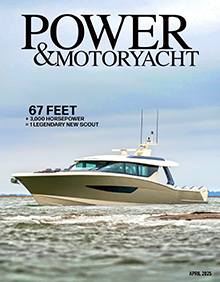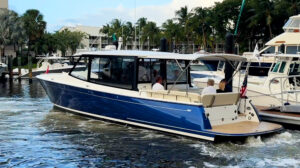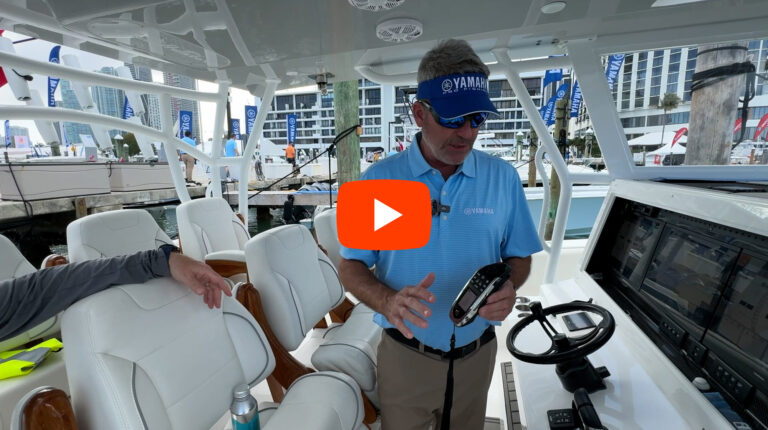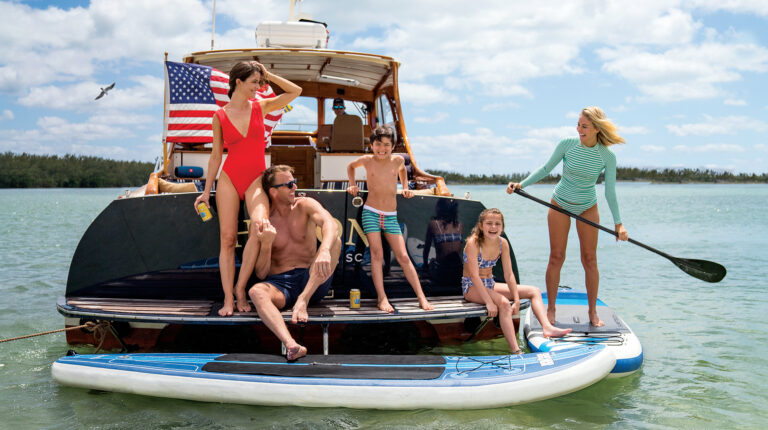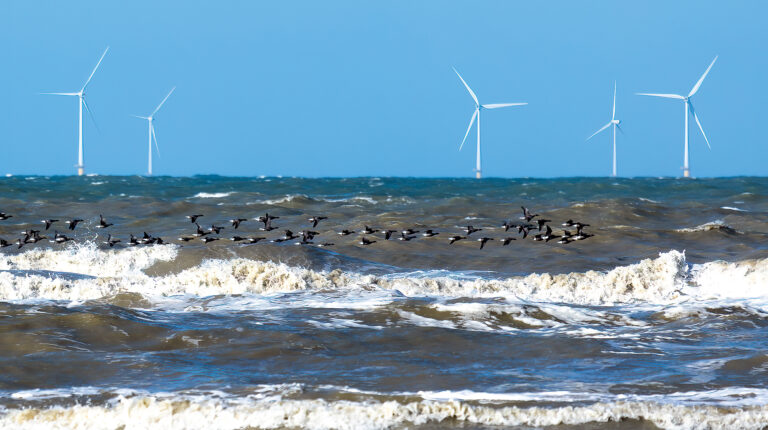There are any number of ways (books, pamphlets, the Internet, etc.) to get a handle on the rules and laws that govern VHF usage these days. The U.S Coast Guard offers an excellent reprise on its Web site (www.navcen.uscg.gov), for example. But what about plain ol’ etiquette? You know—good manners? Aren’t there some subtleties to VHF usage that will promote solid communication as well as encourage bonhomie? Here are a few I’ve picked up on over the years:
- Most everybody knows Channel 16 is the official hailing and distress frequency—although the Coast Guard encourages boaters to use channel 9 as a supplementary calling channel these days. In emergencies you typically use 16 to call other vessels and then switch to one of several so-called working channels to converse. However, some people hail their potential interlocutors endlessly, thereby annoying just about every poor soul within range. Try three times—if it’s no dice after that, cease and desist for 20 minutes or so.
- Straightforward simplicity after keying your mic is important and sometimes critical to life-saving efforts. Avoid “walking on” other callers. One voice is easily understood, even if faint. Pile another on and you get total confusion.
- Radio checks, especially when done before you actually leave your slip, are good. But hey, don’t call the U.S. Coast Guard for one—they are not going to answer.
- If you’re using local geography (or cartography) to identify a vessel you’re trying to hail, succinctness is key. Get your ducks in a row before you make the call. Fumbling through a long, half-baked description clutters air space, although it sometimes offers amusement to skippers on commercial boats who are pulling long watches.
- We’re all for integrating kids into your boating activities as early as possible, but teach them these guidelines as well and remind them that the VHF is not a toy.
- Most ship-to-ship traffic will monitor Channel 13, as will bridge tenders along the ICW. Although in South Carolina and Florida they will be monitoring Channel 9.
Read about the latest in VHF radios ➤
This article originally appeared in the February 2013 issue of Power & Motoryacht magazine.

